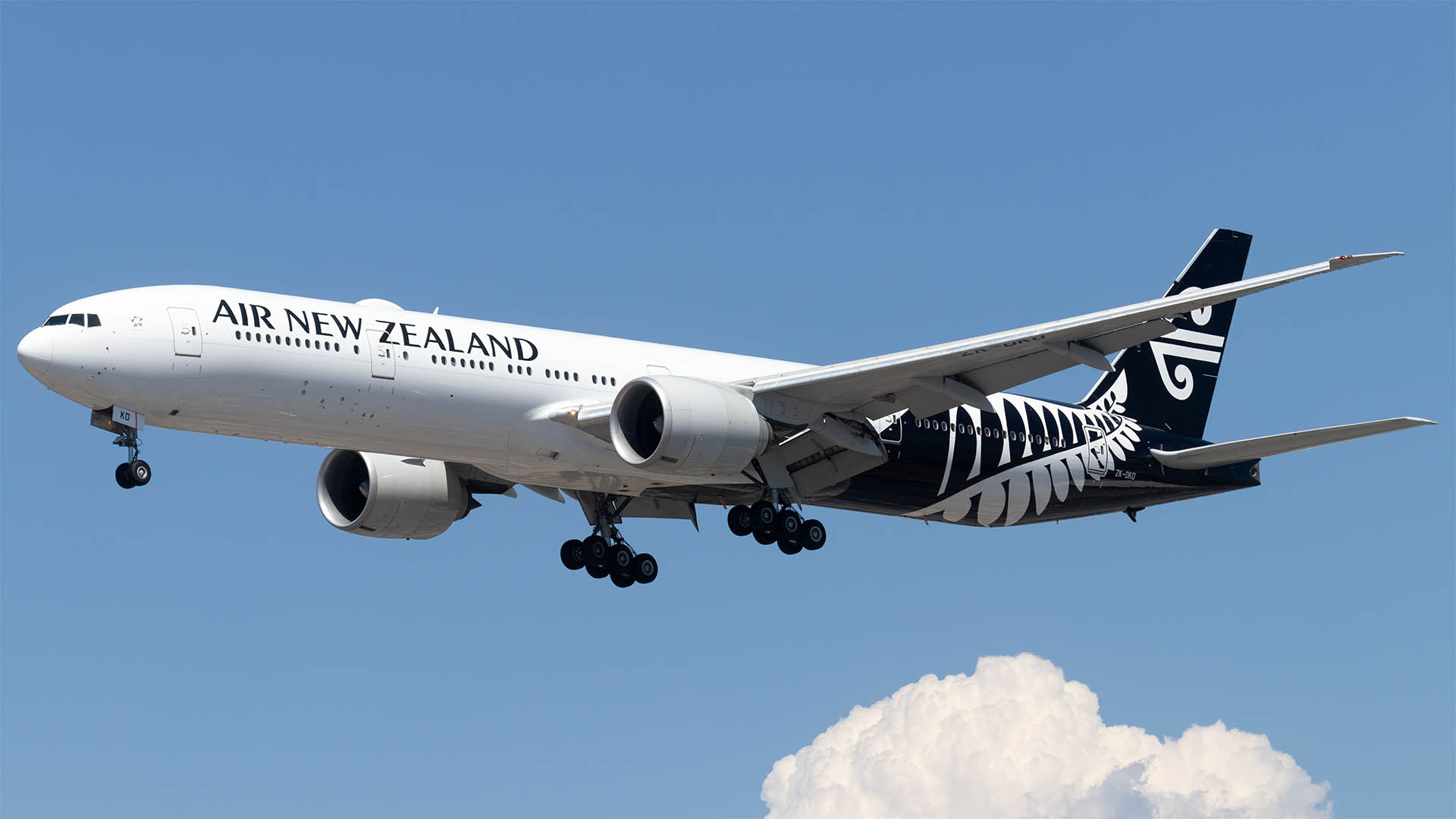On Tuesday the National Australia Bank was all upbeat on the basis of another strong reading about the continuing strength of the Australian economy – with most sectors doing well, with the exception of retailing.
The bank said business conditions in September were again the strongest since before the GFC while business confidence had edged up after several months of drifting slightly lower.
The bank’s Chief Economist, Alan Oster said in the statement with the survey that “with the labour market poised to see further improvement going into 2018, the economy now seems better equipped to deal with the challenges it faces, which should leave the RBA with scope to commence a shift away from emergency stimulus settings by H2 2018.
Yesterday the bank updated its economic forecasts for the next year and while maintaining its belief that the Reserve Bank will make two rate rises in the second half of 2018 calendar year, the bank professed that it was even more cautious than the central bank.
"The forecast outlook is essentially unchanged, following revisions to our expectations for the labour market and the RBA cash rate last month,” the NAB forecast yesterday.
“We are pencilling in two 25bp rate hikes from mid-2018, with employment now expected to be strong enough to give the RBA enough confidence in its forecasts for an eventual lift in wages growth and inflation by that point.
“That said, we remain more cautious about the economic outlook than the central bank, mindful of the potential hurdles to growth such as impending peaks in dwelling construction and LNG exports, and a struggling household sector amidst low wages growth, higher energy prices and elevated underemployment and household debt.
"For now, buoyant business activity is a positive signal for both investment and employment. Stronger conditions have become more synchronised across industries and states and territories.
“That said, confidence has dipped in the past two months, and large increases in energy costs are a growing risk for a range of industries, particularly for intensive users of natural gas such as mining, manufacturing and electricity & water supply.
“While domestic gas prices may respond somewhat to forced redirection of gas for domestic use, the best we can hope for is for domestic prices to align with Australian contracted export prices – which while lower than the global spot price, would represent a three-fold increase in domestic prices from just 2 years ago and risks to supply would likely remain.
“Q3 and to some extent Q4 inflation figures are also likely to be higher as utility prices for consumer surge,” the bank’s economists predicted. we will know when the September quarter figures are released on October 25.
The NAB on Tuesday expressed optimism about the strength of the jobs market and yesterday noted that "Employment continues to accelerate, with a welcome pick up in full-time jobs. This should help local economies affected by the auto manufacturing closures in coming months, although location/skill mismatches will see some communities struggle.
But it noted that there is continuing evidence of consumer caution” despite the acceleration in employment”.
“Retail sales dropped a hefty 0.6% in August, as foreshadowed by NAB’s new Cashless Retail Index. Retail conditions in the business survey have also dropped back into negative territory (in trend terms), suggesting a combination of soft consumer demand and margin compression.“












